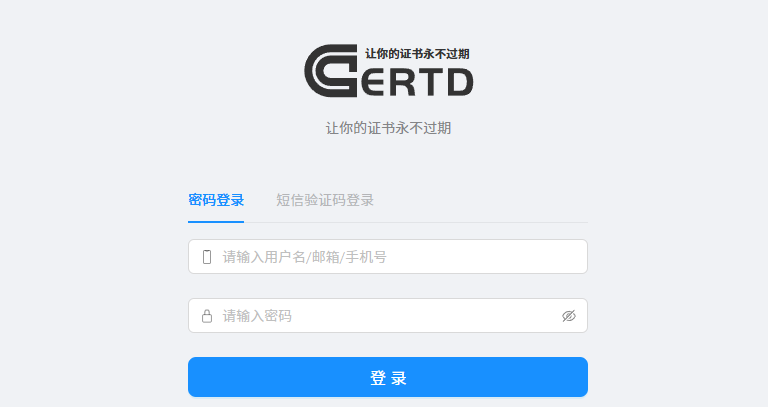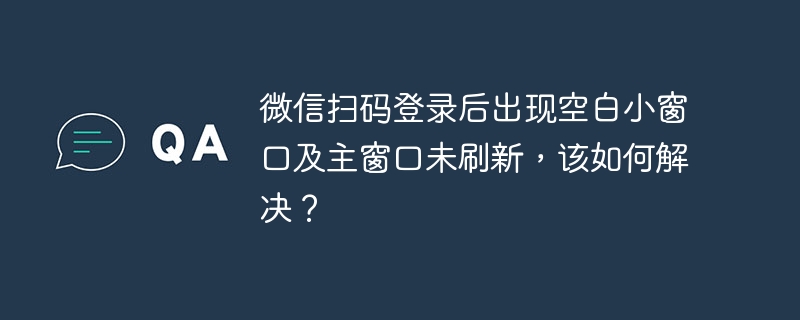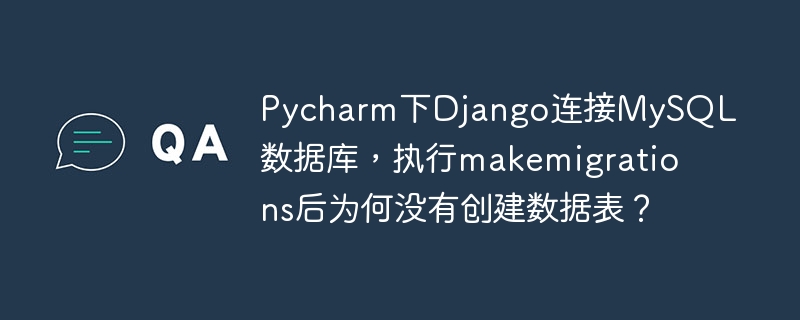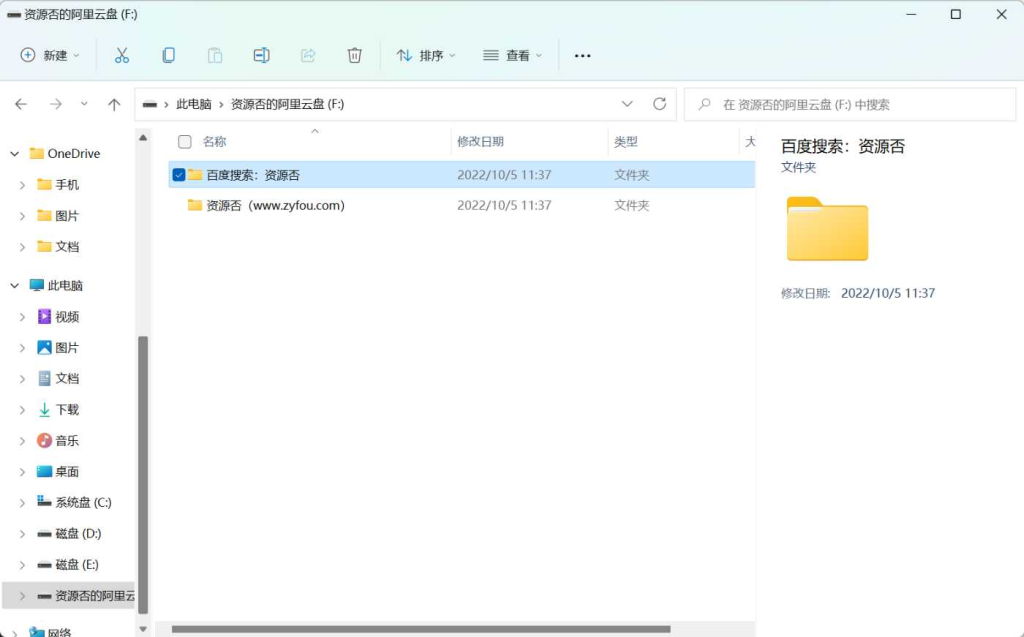在python中實(shí)現(xiàn)工廠模式可以通過(guò)以下步驟實(shí)現(xiàn):1.定義一個(gè)基類和多個(gè)子類,2.創(chuàng)建一個(gè)工廠類,包含一個(gè)靜態(tài)方法根據(jù)參數(shù)返回不同的對(duì)象實(shí)例,3.使用工廠類創(chuàng)建對(duì)象。工廠模式將對(duì)象創(chuàng)建邏輯與使用代碼分離,提高了代碼的可擴(kuò)展性和靈活性。

工廠模式在python中如何實(shí)現(xiàn)?這是一個(gè)非常有趣的問(wèn)題。讓我從我的經(jīng)驗(yàn)出發(fā),帶你深入了解一下。
在Python中實(shí)現(xiàn)工廠模式不僅僅是一種設(shè)計(jì)模式的應(yīng)用,更是一種編程藝術(shù)。工廠模式的核心是將對(duì)象的創(chuàng)建邏輯從使用代碼中分離出來(lái),這樣可以提高代碼的可維護(hù)性和可擴(kuò)展性。我第一次接觸工廠模式是在一個(gè)大型項(xiàng)目中,那時(shí)我們需要處理不同的數(shù)據(jù)源和不同的處理邏輯,工廠模式讓我們能夠靈活地應(yīng)對(duì)變化。
讓我們從一個(gè)簡(jiǎn)單的例子開(kāi)始,看看如何在Python中實(shí)現(xiàn)工廠模式:
立即學(xué)習(xí)“Python免費(fèi)學(xué)習(xí)筆記(深入)”;
class Animal: def speak(self): pass class Dog(Animal): def speak(self): return "Woof!" class Cat(Animal): def speak(self): return "Meow!" class AnimalFactory: @staticmethod def create_animal(animal_type): if animal_type == "dog": return Dog() elif animal_type == "cat": return Cat() else: raise ValueError("Unknown animal type") # 使用工廠模式 factory = AnimalFactory() dog = factory.create_animal("dog") print(dog.speak()) # 輸出: Woof! cat = factory.create_animal("cat") print(cat.speak()) # 輸出: Meow!
在這個(gè)例子中,我們定義了一個(gè)AnimalFactory類,它包含一個(gè)靜態(tài)方法create_animal,這個(gè)方法根據(jù)傳入的參數(shù)返回不同的動(dòng)物對(duì)象。這就是工廠模式的精髓——根據(jù)參數(shù)動(dòng)態(tài)創(chuàng)建對(duì)象。
在實(shí)際應(yīng)用中,我發(fā)現(xiàn)工廠模式的優(yōu)勢(shì)在于它可以輕松地添加新的類型而不需要修改現(xiàn)有的代碼。例如,如果我們想添加一個(gè)新的動(dòng)物類型,只需要擴(kuò)展Animal類并在AnimalFactory中添加一個(gè)新的分支即可:
class Bird(Animal): def speak(self): return "Tweet!" class AnimalFactory: @staticmethod def create_animal(animal_type): if animal_type == "dog": return Dog() elif animal_type == "cat": return Cat() elif animal_type == "bird": return Bird() else: raise ValueError("Unknown animal type") # 使用工廠模式 factory = AnimalFactory() bird = factory.create_animal("bird") print(bird.speak()) # 輸出: Tweet!
這種擴(kuò)展性在處理復(fù)雜系統(tǒng)時(shí)尤為重要。我曾經(jīng)在一個(gè)項(xiàng)目中使用工廠模式來(lái)管理不同的數(shù)據(jù)庫(kù)連接,每種數(shù)據(jù)庫(kù)都有不同的連接邏輯,工廠模式讓我們能夠在不修改現(xiàn)有代碼的情況下添加新的數(shù)據(jù)庫(kù)支持。
然而,工廠模式也有一些潛在的陷阱。首先,過(guò)度使用工廠模式可能會(huì)導(dǎo)致代碼復(fù)雜度增加,特別是當(dāng)工廠類變得非常大時(shí)。其次,工廠模式可能會(huì)隱藏對(duì)象的創(chuàng)建過(guò)程,使得調(diào)試變得更加困難。在我的一次項(xiàng)目中,我們發(fā)現(xiàn)工廠模式導(dǎo)致了性能瓶頸,因?yàn)槊看蝿?chuàng)建對(duì)象都需要經(jīng)過(guò)工廠方法的判斷邏輯。
為了解決這些問(wèn)題,我建議在使用工廠模式時(shí)遵循以下最佳實(shí)踐:
- 保持工廠類簡(jiǎn)單明了,避免過(guò)度復(fù)雜化。
- 使用緩存機(jī)制來(lái)減少對(duì)象創(chuàng)建的開(kāi)銷,特別是在高并發(fā)環(huán)境下。
- 考慮使用抽象工廠模式來(lái)處理更復(fù)雜的對(duì)象創(chuàng)建邏輯。
例如,使用緩存機(jī)制可以這樣實(shí)現(xiàn):
class AnimalFactory: _cache = {} @staticmethod def create_animal(animal_type): if animal_type not in AnimalFactory._cache: if animal_type == "dog": AnimalFactory._cache[animal_type] = Dog() elif animal_type == "cat": AnimalFactory._cache[animal_type] = Cat() elif animal_type == "bird": AnimalFactory._cache[animal_type] = Bird() else: raise ValueError("Unknown animal type") return AnimalFactory._cache[animal_type] # 使用工廠模式 factory = AnimalFactory() dog1 = factory.create_animal("dog") dog2 = factory.create_animal("dog") print(dog1 is dog2) # 輸出: True
通過(guò)這種方式,我們可以確保每次創(chuàng)建的對(duì)象都是同一個(gè)實(shí)例,從而提高性能。
總之,在Python中實(shí)現(xiàn)工廠模式不僅僅是技術(shù)上的實(shí)現(xiàn),更是設(shè)計(jì)思想的體現(xiàn)。通過(guò)合理運(yùn)用工廠模式,我們可以讓代碼更加靈活、可擴(kuò)展,同時(shí)也要注意避免過(guò)度使用帶來(lái)的復(fù)雜性和性能問(wèn)題。在實(shí)際項(xiàng)目中,結(jié)合具體需求和場(chǎng)景,靈活運(yùn)用這些技巧,才能真正發(fā)揮工廠模式的威力。
.jpg)
















.png)

